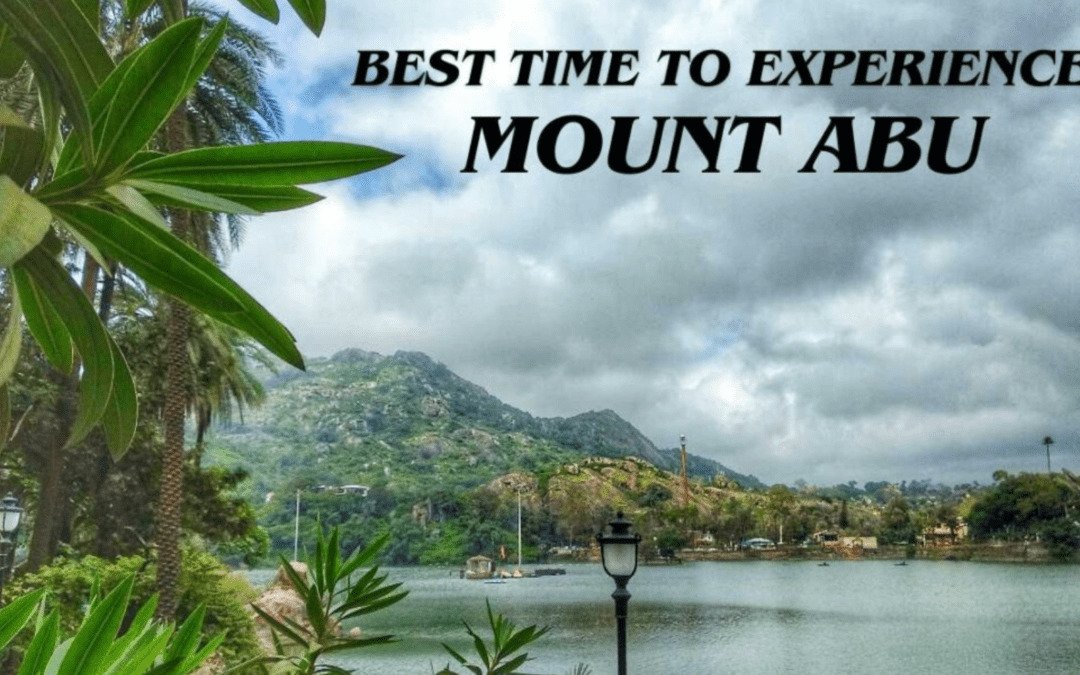Jaisalmer, often called the “Golden City,” is more than just its majestic forts and rolling dunes. It is a vibrant tapestry of traditions, music, and movement—woven together through the captivating dance forms of the Thar Desert. For those seeking an authentic Rajasthani experience at a desert camp in sand dunes jaisalmer, cultural dance performances are often the heartbeat of the evening. These traditional dances do more than entertain; they reflect centuries-old customs and the collective spirit of desert life.
The Essence of Rajasthani Folk Dance in Jaisalmer
Jaisalmer’s cultural dances are a product of its geography and history. Dances evolved here not only as an artistic outlet but also as a way of preserving oral traditions and stories. Every beat of the dholak and every flick of the dancer’s wrist carries meaning—whether it’s celebration, worship, or storytelling.
Local communities like the Kalbeliyas, Bhils, and Manganiyars have preserved these art forms through generations. Their dances are not staged acts but living heritage performed in weddings, festivals, and local gatherings. From swirling skirts to the hypnotic rhythm of ankle bells, each performance is a display of grace and grit born in the heart of the desert.
Kalbeliya Dance: The Soul of the Desert
One of the most iconic dance styles associated with Jaisalmer is the Kalbeliya dance, performed by the Kalbeliya tribe—traditionally snake charmers. This dance is sensual, expressive, and deeply rooted in nomadic desert life. The women dress in black swirling ghagras adorned with vibrant embroidery and mirror work. Their movements mimic serpentine motions—fluid and mesmerizing. The accompanying music, played with instruments like the pungi and dholak, adds to the hypnotic atmosphere.
Kalbeliya is not choreographed in the conventional sense. It is spontaneous and intuitive, where the dancer interprets the rhythm freely. Recognized by UNESCO as an Intangible Cultural Heritage, Kalbeliya continues to be a focal point of cultural evenings in Jaisalmer.
Ghoomar: The Celebration of Grace
Originally performed by the royal women of Rajasthan, Ghoomar is another traditional dance form often showcased during evening programs at desert camps. Dancers, clad in colorful ghagras and chunaris, perform slow, circular movements while maintaining poise and rhythm. The performance is symbolic of joy, womanhood, and royalty. It is commonly performed during special occasions like Teej and Gangaur.
While it originated in Udaipur, Ghoomar has found a special place in Jaisalmer’s cultural calendar, especially during desert festivals. Its simplicity allows group participation, making it a crowd favorite among tourists and locals alike.
Bhavai: A Balance of Tradition and Precision
Bhavai dance is one of the most visually dramatic dance forms performed in the Thar region. Women dancers balance up to seven brass pitchers on their heads while gliding and twirling with grace. At times, they even perform on the edge of a glass or the rim of a sword. This dance showcases the strength, balance, and focus of Rajasthani women, often drawing gasps from the audience.
The precision and control displayed in Bhavai reflect not only physical discipline but also deep cultural symbolism about endurance and resilience. It’s a remarkable blend of acrobatics and folk expression, often witnessed during special events at local festivals and curated cultural programs.
Terah Taal: Rhythm of Devotion
Performed by the Kamad tribe, Terah Taal involves a performer tying thirteen small brass cymbals (manjeeras) to various parts of the body. Accompanied by the beats of a dholak and the chanting of devotional songs, the dancer creates rhythmic patterns with controlled movements. The performance is a spiritual offering, often done in praise of local deities.
Watching a Terah Taal performance is like witnessing a human instrument in motion. Each move is calculated, yet filled with spiritual energy, making it one of the most profound cultural dances of the region.
Where to Experience These Dance Styles
The most immersive way to witness these art forms is during a stay in a traditional desert camp. Camp performances aren’t just about staged routines—they are storytelling sessions brought to life through rhythm and motion. At Rajwada Desert Camp, evenings come alive with folk artists presenting an authentic cultural showcase under the stars. Whether it’s the sinuous grace of Kalbeliya or the exhilarating energy of Bhavai, each performance captures a slice of Jaisalmer’s living heritage.
Add to that the thrill of a Jeep safari in jaisalmer or the quiet charm of a luxury AC Tent with Free Camel Safari, and you have an experience that goes far beyond sightseeing. It’s a cultural immersion where every sound, sight, and scent speaks of tradition.
Cultural Dance and Its Role in Tourism
Tourism in Jaisalmer is deeply intertwined with its folk traditions. Dance performances are no longer limited to local functions; they are part of curated cultural experiences offered to travelers from across the world. These performances serve as a bridge—connecting guests to the community, and helping preserve endangered art forms.
Moreover, artists who perform at desert camps and festivals receive not only recognition but sustainable income, allowing the traditions to thrive beyond their villages. The rise of ethical and immersive travel has brought new life to these folk forms, encouraging a deeper connection between travelers and local traditions.
Final Thoughts
Cultural dance styles in Jaisalmer are more than visual spectacles—they are deeply personal expressions of identity, community, and resilience. Each step carries a legacy passed down through centuries. Experiencing these dance forms in their authentic setting, especially within the serene expanse of the desert, leaves a lasting impression. It’s not just about entertainment; it’s about engaging with a culture that moves to the beat of history, tradition, and pride.




